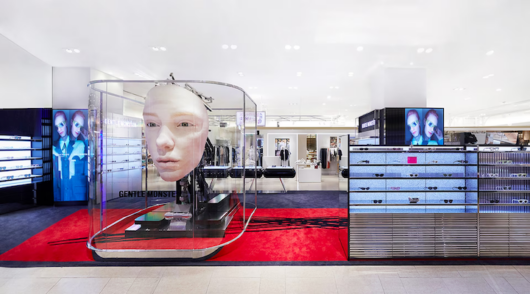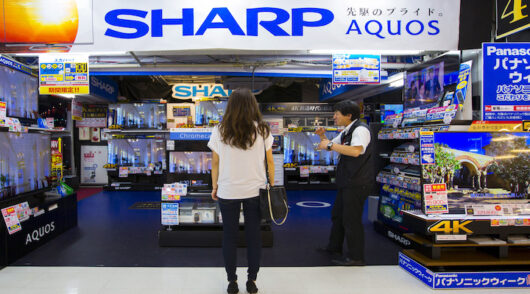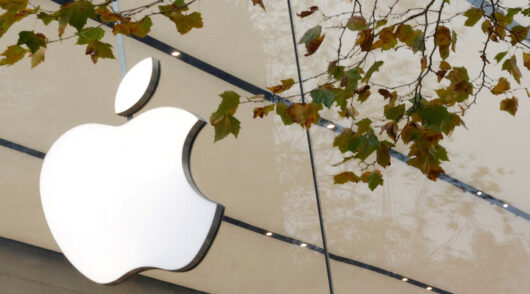A fascinating argument has played out over the web in the last few days*.
In the red corner, predicting the “absolute death of traditional retail”, Marc Andreessen, Silicon Valley investor and founder of Netscape.
In the blue corner, contending that bricks and mortar still has its place, Reid Hoffman, co-founder of LinkedIn and regarded by many as the Valley’s most successful angel investor.
Andreessen’s controversial comments were captured in an interview with Sarah Lacy of web publication, PandoDaily, in late January. And they were extreme.
“Retail guys are going to go out of business and e-commerce will become the place everyone buys. You are not going to have a choice,” said Andreessen.
He then went on to claim “retail chains are a fundamentally implausible economic structure if there’s a viable alternative… it just doesn’t make sense for all this stuff to sit on shelves.”
To underline his point, Andreessen stated that “software eats retail.”A few days later, Hoffman fired back a reply via his LinkedIn site (of course).
Hoffman acknowledged the issues that bricks and mortar retail faces; “heavy real estate cost structure, inventory management challenges, and a high cost of acquiring physical customers.”
But he believes it’s wrong to say that physical retail will disappear.
Hoffman instead plumps for a future where “retail is retailored”.
His bet is that “software will not replace all offline retail, but will be used instead to transform certain offline retail experiences.”
Hoffman then goes on to cite a number of software applications that illustrate his argument – like shopping and loyalty app Shopkick.
From my observations, and travels around the world of retail, Hoffman’s stance makes sense.
As I’ve written before, physical retail is not going away – shoppers like the tangibility of the experience, the social nature of bricks and mortar retail, and the immediacy of purchase (even as online retail races to reduce delivery times).
Stores, however, will be transformed. Flagships will be as important as ever, but outside of statement stores the average box size and retail networks will shrink.
Technology will radically enhance the enjoyment and ease of shopping.
Customers will increasingly expect to be able to drive the store from their smartphones, scanners will automatically calculate body shape and size as you enter fashion stores, the browsing process will be optimized for sharing on social networks, and so on.
Mickey Drexler, CEO of J. Crew, summed up the importance of both online and offline formats when he addressed the Westfield World Retail Study Tour group in New York last year.
“Online is huge, it’s the future,” said Drexler.
“(But) there is nothing that replaces the feeling of a physical store.” Like a one-two punch, Drexler believes strongly in the combination of physical and digital retail.
The absolute death of traditional retail?
I don’t think so.
If that’s the case, why is this year’s must-have accessory for online retailers a physical store?
* Thanks to uber-Twitterer Andy Hedges (whose day job is director of shopping centre management for Westfield) for highlighting the Andreessen-Hoffman debate.
** Jon Bird is CEO of specialist retail marketing agency IdeaWorks (www.ideaworks.com.au), and Chairman of Octomedia, publisher of Inside Retail. Email: jon.bird@ideaworks.com.au Blog: www.newretailblog.com Twitter: @thetweetailer






